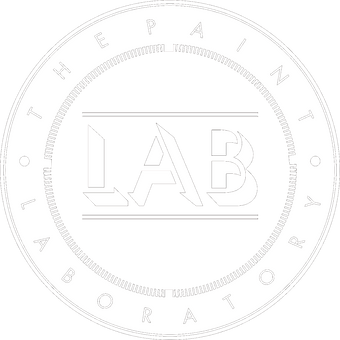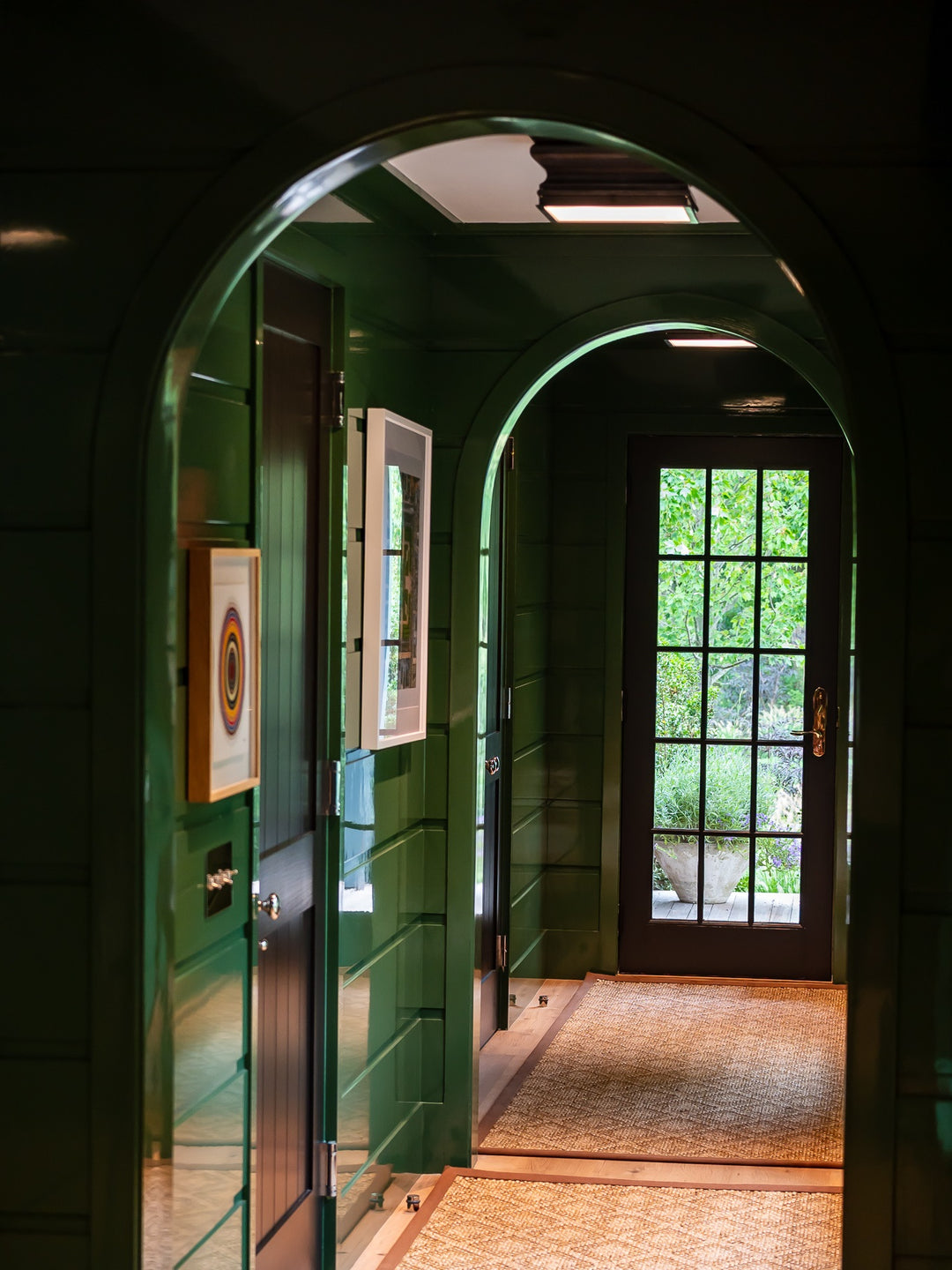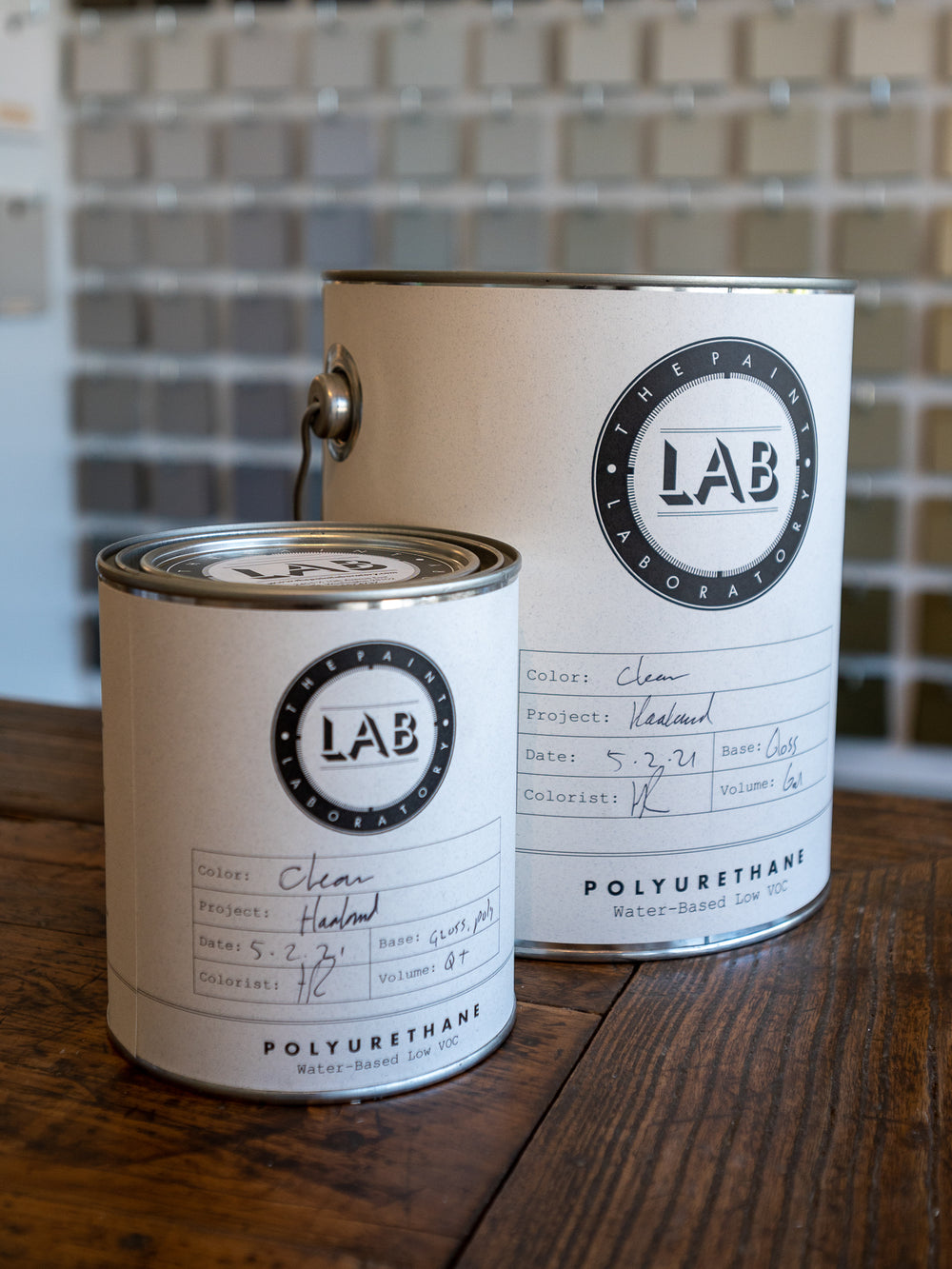Non-Yellowing Polyurethane
- Free nation-wide shipping over $200
- In stock, ready to ship
- Backordered, shipping soon
Non-Yellowing Polyurethane is a high-quality clear coating designed for use in a variety of applications. This product offers excellent UV protection and durability, making it ideal for use on cabinets, accent walls, decorative ceilings, furniture, and more. Its non-yellowing formula ensures that the finish remains clear and vibrant for years to come, making it a popular choice for homeowners and contractors alike. Whether you're looking to protect your furniture from everyday wear and tear or add a finishing touch to a decorative accent wall, Non-Yellowing Polyurethane is the perfect choice.
All orders of this product are stored in our physical color library for your future reference, ensuring color and finish continuity.
Sheens: Flat, Satin & Gloss
- Ideal for Interior and Exterior use
- Mold and mildew resistant
- VOC content: >150g/L
- Water-based
- Low odor
- Easy clean-up
- Coverage: 400-500 sq/ft
- Scratch Resistant
- Self-Leveling
SHIPPING TIMELINES
Orders placed before 12:00pm PST will typically ship the same day. Orders placed over the weekend or on recognized holidays will typically ship on the next business day.
Standard ground shipments typically arrive in 2-6 business days. Envelopes arrive in 1-4 days. Express options are also available.
Delivery arrival times are estimates only and may change based on order volume or other circumstances, like weather-related delays.
Next Day Air orders must be placed by 12:00pm PST to guarantee same day shipment and next day delivery.
RETURNS/DAMAGE
Because of the hand-crafted made-to-order nature of our products we unfortunately cannot accept returns of unwanted or unused products at this time.
We always offer replacement or full refund in the rare instance of damage incurred during transit from either us or our shipping partners.
SHIPPING RESTRICTIONS BY LOCATION
We can’t ship certain products into some locations because of local regulatory restrictions, please contact us if you have any questions or concerns regarding your specific location.
SHIPPING RESTRICTIONS BY DELIVERY METHOD
Certain order sizes can only be shipped via freight and adversely some international locations can not accept freight. Please contact us if you have any questions or concerns regarding your specific location or volume.
INTERNATIONAL SHIPPING
We can sell and ship some goods internationally, depending on the destination and product. Please contact us if you have any questions or concerns regarding your specific location.
We use UPS to ship internationally, and USPS as a shipping option to Canada only. For all international shipments, your order will be subject to applicable customs, tariffs, duties, and any required taxes.
Still have questions? Contact one of our Colorists by calling (206) 557-4737








